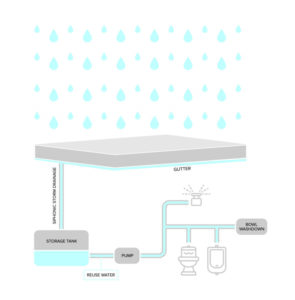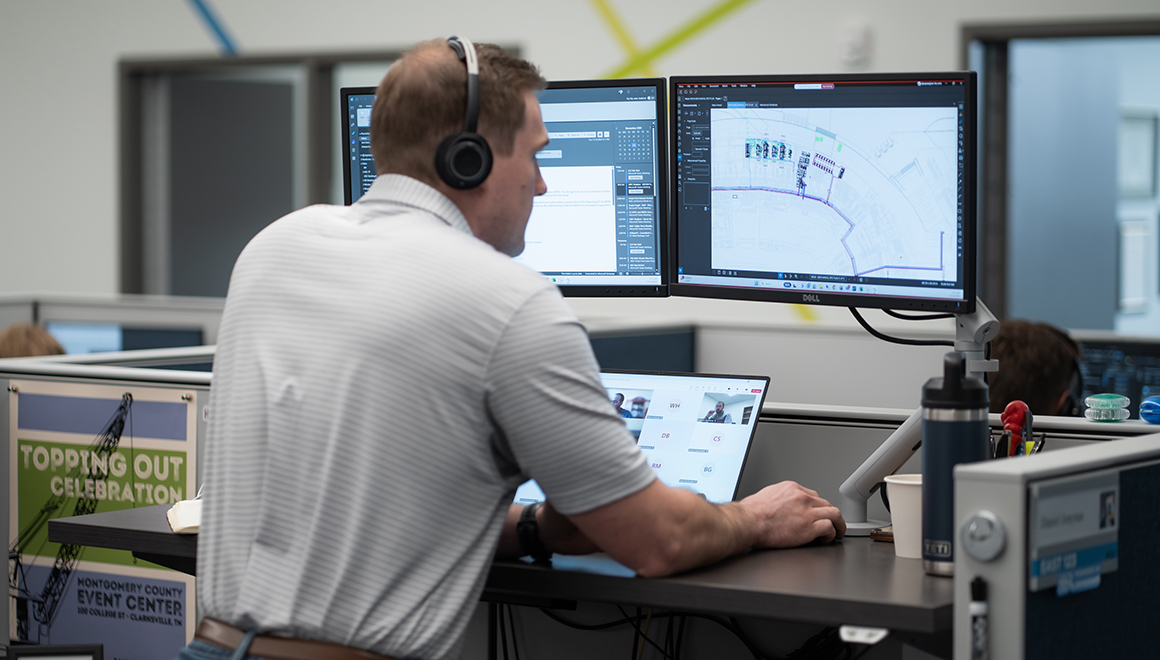Rainwater Harvesting and Reuse Water Systems for Sports Venues
In the quest for sustainability, sports venues are turning to innovative solutions like rainwater harvesting and water reuse systems. These systems not only reduce dependency on municipal water supplies but also offer significant environmental and financial benefits.
What is Rainwater Harvesting?
Rainwater harvesting involves capturing and storing rainwater from natural events to use on-site. This water, collected from roofs, is directed to large tanks for various non-potable uses such as irrigation, flushing, and cooling towers. While it’s not suitable for drinking or food preparation, it significantly reduces the need for utility-supplied water.

What is a Water Reuse System?
Similar to rainwater harvesting, water reuse systems collect, process, and deliver water from local municipalities. These systems are designed to make the most of available water resources, ensuring that facilities can operate efficiently and sustainably
Why Stadiums and Arenas?
Sports venues are ideal for these systems due to their large surface areas and significant water usage. Implementing rainwater harvesting and reuse systems helps manage stormwater, reduces the strain on aging infrastructure, and provides a sustainable water source for various facility needs, even outside of major events.
Benefits to the Facility
- Sustainability: Reduces water usage and maximizes LEED points by keeping water on-site.
- Financial: Relatively inexpensive to implement and reduces municipal water costs.
- Public Relations: Demonstrates a commitment to sustainability, potentially reducing tax burdens and enhancing the venue’s public image.
Benefits to the Local Utility
- Infrastructure Relief: Slows down the release of water into the system, helping cities manage stormwater more effectively.
- Community Support: Alleviates pressure on local water infrastructure, which may be outdated or insufficient for current demands.
Key Players in Implementation
Successful implementation requires collaboration among various professionals:
- Civil Site Engineers: Handle permitting and compliance with local codes.
- Mechanical/Plumbing Engineers: Address the needs of cooling towers and other systems; size systems appropriately.
- Landscape Architects: Plan for irrigation needs.
- Sustainability Consultants: Prioritize needs to maximize LEED points; serve as a bridge between individual disciplines to ensure all needs are satisfied in a way that benefits the overall project
- Architects: Design spaces for tanks, pumps, filtration equipment, and piping networks.
Ideal Projects
New constructions are the best candidates for these systems due to the space and planning required. However, retrofitting existing structures, while more expensive, can also be beneficial. Ideal locations include areas with high rainfall, flood plains, or drought-prone regions where water conservation is critical.
Rainwater harvesting and reuse water systems are standard practice in sports design for SSR. Our team has designed multiple facilities that utilize these conservation methods. These systems offer a sustainable solution to water management, benefiting both the facility and the surrounding community.



